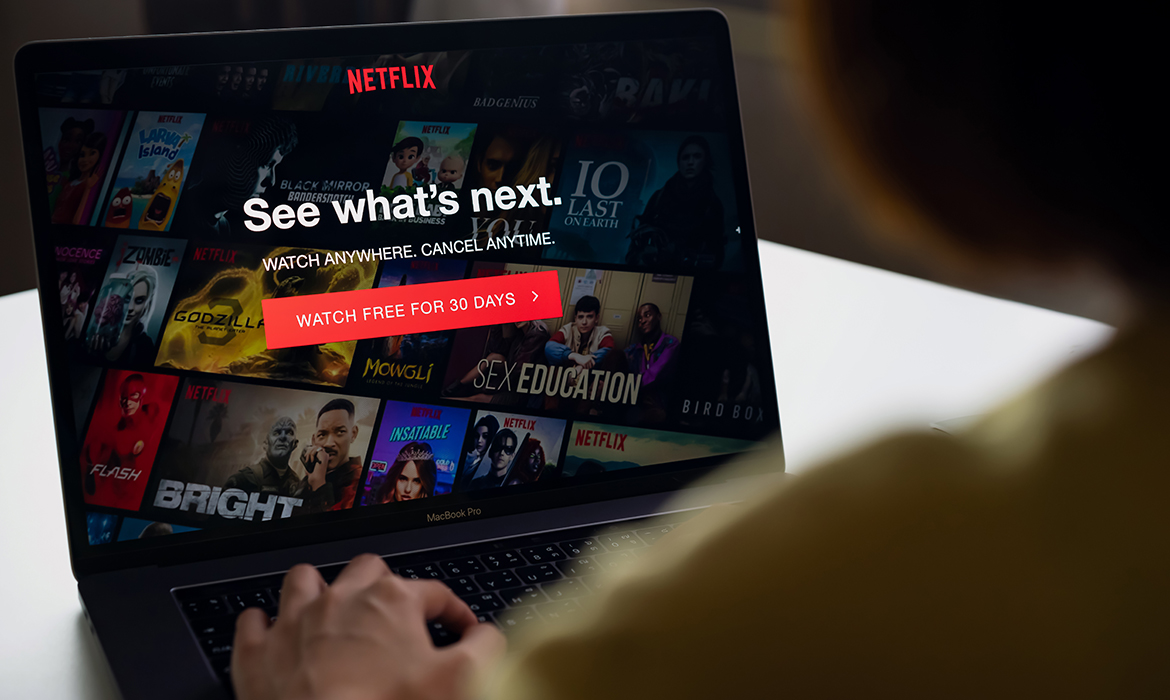What do we do when we watch Netflix?

With increasing number of digital platforms, media consumption is changing. Consumers’ attention spans are reducing while content is exponentially growing on every media platform. This means that our relationship with technology is constantly evolving and there is an intense competition for consumer attention. It is especially true for our interaction with streaming services. In today’s world, more and more consumers do not want to be tied down to one network; more importantly, individuals do not want to pay for content they don’t watch. Therefore, it can be argued that with the upcoming multiple streaming sites, there will be a further increase in competition for consumer attention.
For the purpose of this article, the primary reason for the focus on Netflix is because it is currently the market leader with 183 million subscribers world-wide (Conklin, 2020). But you can replace Netflix with your favourite streaming site, and the matter remains the same.
So, who or rather what wins in this fight for our attention? Netflix or something else? Turns out our relationship with our phones and social media is getting in the way of our relaxation time. While we are supposed to be relaxing with our casual Netflix viewing, our phones or rather our favourite Social Media sites act as a constant distraction. Don’t believe me? Pay attention next time you watch your favourite shows, chances are like me, you will find yourself getting distracted by Facebook or Instagram. This leads to a bigger question: why do we do it? Is it FOMO (fear of missing out)? Or is the content not exciting enough to hold our attention? Or is it simply, a habit? Whatever the reason might be, the way we ‘relax’ is changing. For better or for worse, that is yet to be decided.
Another aspect highlighted by this distraction is that with the rise of digital technologies and our increasing use of mobile technologies and social media, the relationships and distinctions between producer, distributer and consumer are blurring. Social Media sites primarily depend on User-Generated Content (UGC) add link for the UGC article later to provide data and content for their sites, which is turned into profit. Thus, by spending our ‘free’ time on Social Media sites it can be called into question whether these hours still remain their leisure hours or become hours of unpaid labour. There is also the question of alienation when it comes to performing digital labour, when digital work is masked as fun or play or called an online community, it increases our attachment to social media sites and alienation from the real world, which is labelled as the Internet Paradox (McChesney, 2013: 11).
Although, social media sites and streaming sites aren’t going anywhere. We might benefit from increasing our awareness of how our time spent on Social Media sites is benefiting the companies and affecting our leisure time. Furthermore, this leads to a larger question: can we limit our distractions? If so, then how?
Conklin, A., 2020. Streaming Services By The Numbers. [online] Fox Business. Available at: https://www.foxbusiness.com/lifestyle/streaming-services-cost-users [Accessed 20 November 2020].
